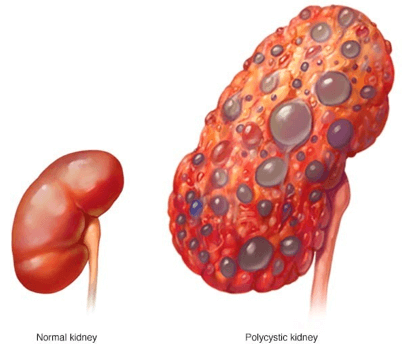The practical nurse (PN) is caring for an older client who is receiving chemotherapy for lung cancer. Which finding is the highest priority for the PN to report to the charge nurse?
Reference ranges:
- Blood urea nitrogen (BUN): [Adult: 10 to 20 mg/dL or 3.6 to 7.1 mmol/L]
- Platelets: [150,000 to 400,000/mm3 or 150 to 400 x 10^9/L]
Periodic nausea and vomiting
Decreased deep tendon reflexes
Platelet count 135,000/mm3 or 135 x 10^9/L
Blood urea nitrogen 75 mg/dL or 12.9 mmol/L
The Correct Answer is D
A high blood urea nitrogen (BUN) level indicates impaired renal function, which can be caused by dehydration, infection, or nephrotoxic drugs. Chemotherapy can damage the kidneys and increase the risk of renal failure. The PN should report this finding to the charge nurse, as it may require fluid replacement, dose adjustment, or discontinuation of the chemotherapy.
The other options are not correct because:
- Periodic nausea and vomiting are common side effects of chemotherapy that can be managed with antiemetics, hydration, and dietary modifications. They are not as urgent as a high BUN level.
- Decreased deep tendon reflexes may indicate hypocalcemia, hypomagnesemia, or peripheral neuropathy, which can be caused by chemotherapy or other factors. They are not as urgent as a high BUN level.
- A platelet count of 135,000/mm3 or 135 x 10^9/L is slightly below the normal range, but not significantly low. Chemotherapy can cause thrombocytopenia, which increases the risk of bleeding. The PN should monitor the client for signs of bleeding, but this finding is not as urgent as a high BUN level.
Nursing Test Bank
Naxlex Comprehensive Predictor Exams
Related Questions
Correct Answer is D
Explanation
This is the best intervention for the PN to implement because it monitors the client's fluid status and helps detect fluid overload, which can cause hypertension and neurological changes. The PN should weigh the client at the same time, on the same scale, and with the same clothing every day.

Correct Answer is A
Explanation
A) Correct - Acute dystonic reactions are involuntary muscle spasms caused by certain medications, including antipsychotic drugs. These reactions can sometimes affect the muscles of the face and neck, including the larynx. Benztropine is an anticholinergic medication commonly used to treat acute dystonic reactions. It works by blocking certain neurotransmitters that contribute to muscle spasms, helping to relieve the symptoms.
B) Incorrect - Divalproex is an anticonvulsant medication primarily used to treat epilepsy and bipolar disorder. It is not the appropriate treatment for acute dystonic reactions. These reactions are usually caused by certain antipsychotic medications and are characterized by sudden and involuntary muscle contractions. Divalproex does not have the specific mechanism of action needed to alleviate the symptoms of acute dystonic reactions.
C) Incorrect - Isotonic crystalloid fluids are used for various purposes, such as fluid resuscitation, maintaining hydration, and balancing electrolytes. However, they are not a treatment for acute dystonic reactions. These reactions are neurological and musculoskeletal in nature and require medications with specific anticholinergic properties, like benztropine, to address the underlying issue.
D) Incorrect - Lorazepam is a benzodiazepine commonly used for anxiety, sedation, and seizure control. While it can have a relaxing effect on muscles, it is not the first-line treatment for acute dystonic reactions. Anticholinergic medications like benztropine are more appropriate because they directly counteract the neurotransmitter imbalances that lead to muscle spasms in these reactions.
Whether you are a student looking to ace your exams or a practicing nurse seeking to enhance your expertise , our nursing education contents will empower you with the confidence and competence to make a difference in the lives of patients and become a respected leader in the healthcare field.
Visit Naxlex, invest in your future and unlock endless possibilities with our unparalleled nursing education contents today
Report Wrong Answer on the Current Question
Do you disagree with the answer? If yes, what is your expected answer? Explain.
Kindly be descriptive with the issue you are facing.
